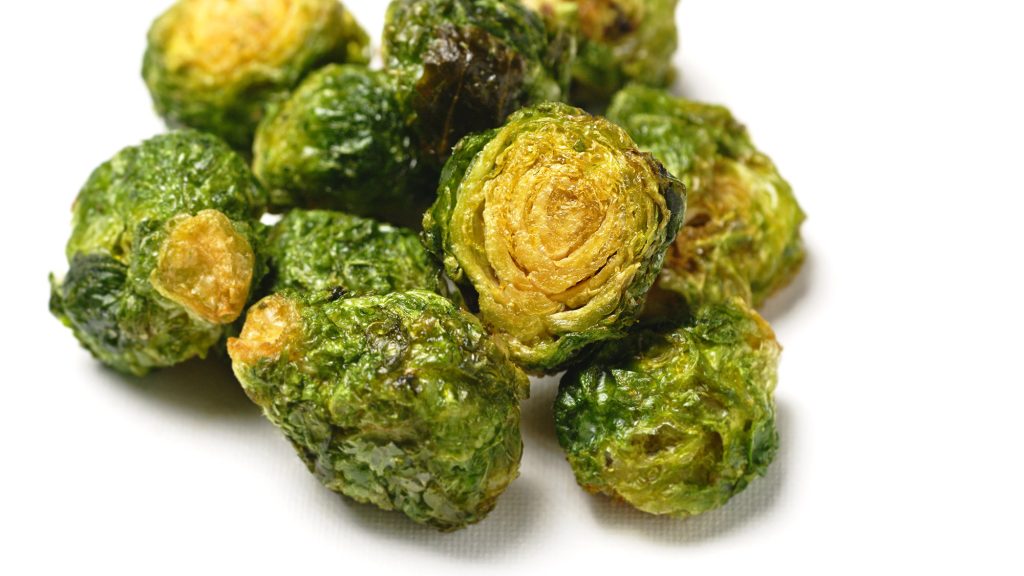What is meant by ‘clean label’ in the food industry?
In recent years, the term ‘clean label’ has become increasingly prominent in the food industry, reflecting a growing consumer demand for transparency, simplicity, and healthier food options. But what exactly does ‘clean label’ mean, and how is it shaping the future of food production? Let’s dive into this important trend and explore its implications for both consumers and food manufacturers.

Understanding clean label
The concept of ‘clean label’ is not officially defined by regulatory bodies, but it generally refers to food products with simple, recognizable ingredients and minimal artificial additives. According to the Institute of Food Technologists (IFT), “clean label means making a product using as few ingredients as possible, and making sure those ingredients are items that consumers recognize and think of as wholesome, ingredients that consumers might use at home”.
Key aspects of clean label products typically include:
- Short, easy-to-understand ingredient lists
- Absence of artificial preservatives, colors, and flavors
- Minimal processing
- Transparency in labeling and marketing
The rise of clean label
The clean label movement has gained significant momentum in recent years, driven by several factors:
Consumer Awareness and Health Consciousness
Today’s consumers are more informed and health-conscious than ever before. They’re reading labels, researching ingredients, and seeking out products that align with their values and health goals.
Trust and Transparency
In an era of information overload, consumers are looking for brands they can trust. Clean label products offer a sense of transparency and authenticity that resonates with many shoppers.
Digital Information Access
With smartphones and the internet, consumers can easily research ingredients and make informed decisions about their food choices, further fueling the demand for clean label products.
Clean Label in Practice
Many major food companies have embraced the clean label trend. For example, Mondelez International, a global snack food company, has committed to using more recognizable ingredients across its product portfolio.
Some common clean label practices include:
- Replacing artificial colors with natural alternatives (e.g., using beet juice for red coloring)
- Swapping out synthetic preservatives for natural options like rosemary extract
- Simplifying recipes to reduce the overall number of ingredients
- Using familiar kitchen ingredients instead of scientific-sounding additives

Challenges and Considerations
While the clean label trend offers many benefits, it also presents challenges for food manufacturers:
Maintaining Product Quality and Safety
Removing certain additives can affect a product’s shelf life, texture, and flavor. Manufacturers must innovate to maintain quality without relying on traditional preservatives and stabilizers.
Cost Implications
Natural ingredients and alternative processing methods can be more expensive, potentially increasing product costs.
Regulatory Compliance
While ‘clean label’ isn’t a regulated term, manufacturers must still ensure their products comply with all food safety and labeling regulations.
The role of technology in clean label innovation
Innovative food processing technologies play a crucial role in meeting clean label demands while ensuring food safety and quality. Companies like EnWave Corporation are at the forefront of this innovation, developing solutions that allow for minimal processing while preserving nutritional value and extending shelf life.
EnWave’s Radiant Energy Vacuum (REV™) technology, for instance, offers a gentle drying method that can help manufacturers create clean label snacks and ingredients without the need for artificial preservatives. This aligns perfectly with the clean label ethos of minimal processing and natural preservation methods.
The future of clean label
As the clean label trend continues to evolve, we can expect to see:
- Increased focus on sustainability and ethical sourcing
- More plant-based and alternative protein options
- Continued innovation in natural preservatives and flavors
- Greater transparency in supply chains and manufacturing processes
The clean label movement represents a significant shift in how consumers view their food and how manufacturers approach product development. It’s not just a trend, but a fundamental change in the relationship between consumers and the food industry.
For consumers, clean label products offer peace of mind and a sense of control over their diet. For manufacturers, it presents both challenges and opportunities for innovation and differentiation in a competitive market.
As we move forward, the food industry must continue to balance consumer demands for clean label products with the need for safe, affordable, and sustainable food options. By embracing transparency, investing in innovative technologies, and focusing on wholesome ingredients, the industry can work towards a future where ‘clean label’ is not just a marketing term, but a standard approach to food production.
In this landscape, companies that can successfully navigate the clean label trend while maintaining product quality and safety will be well-positioned for success.
Contact EnWave today to schedule a consultation and discover a smarter way to produce food.


